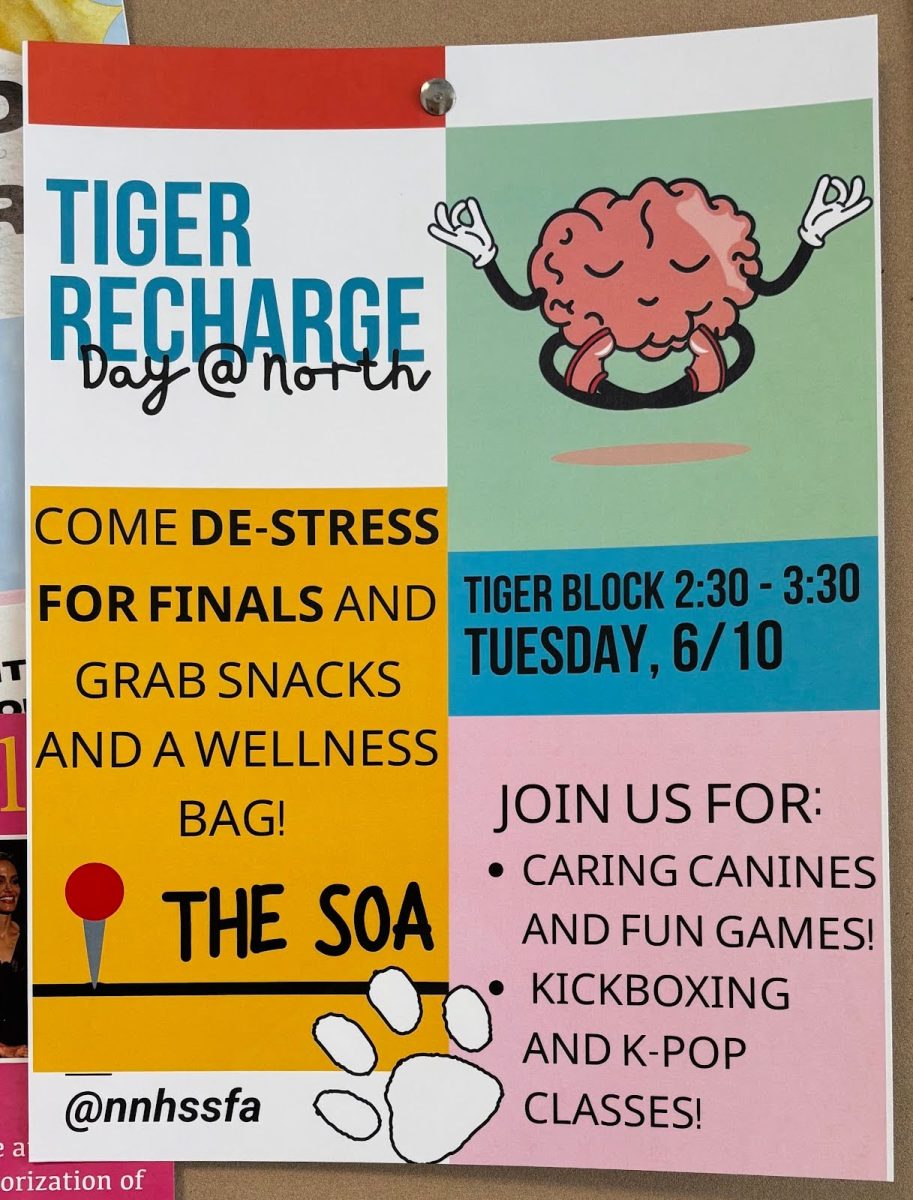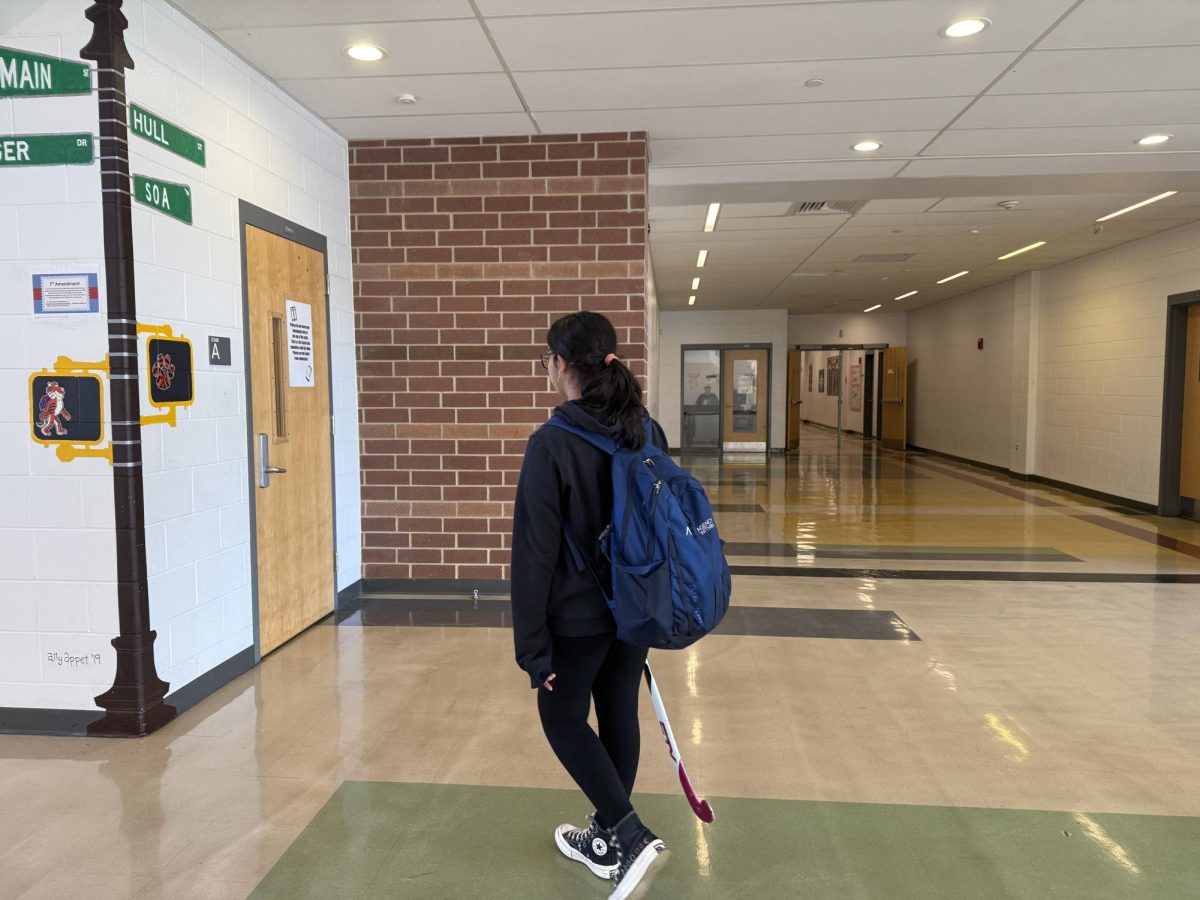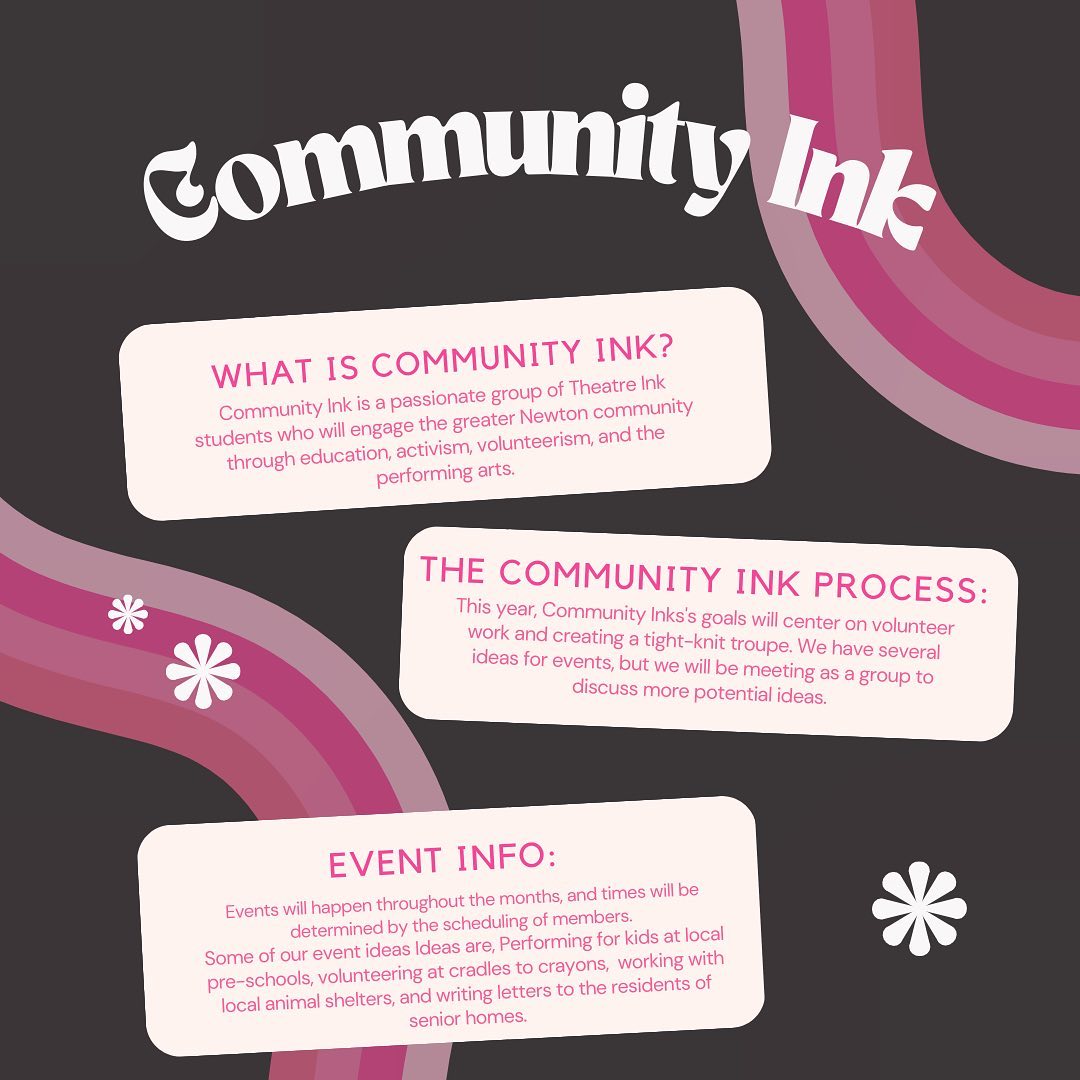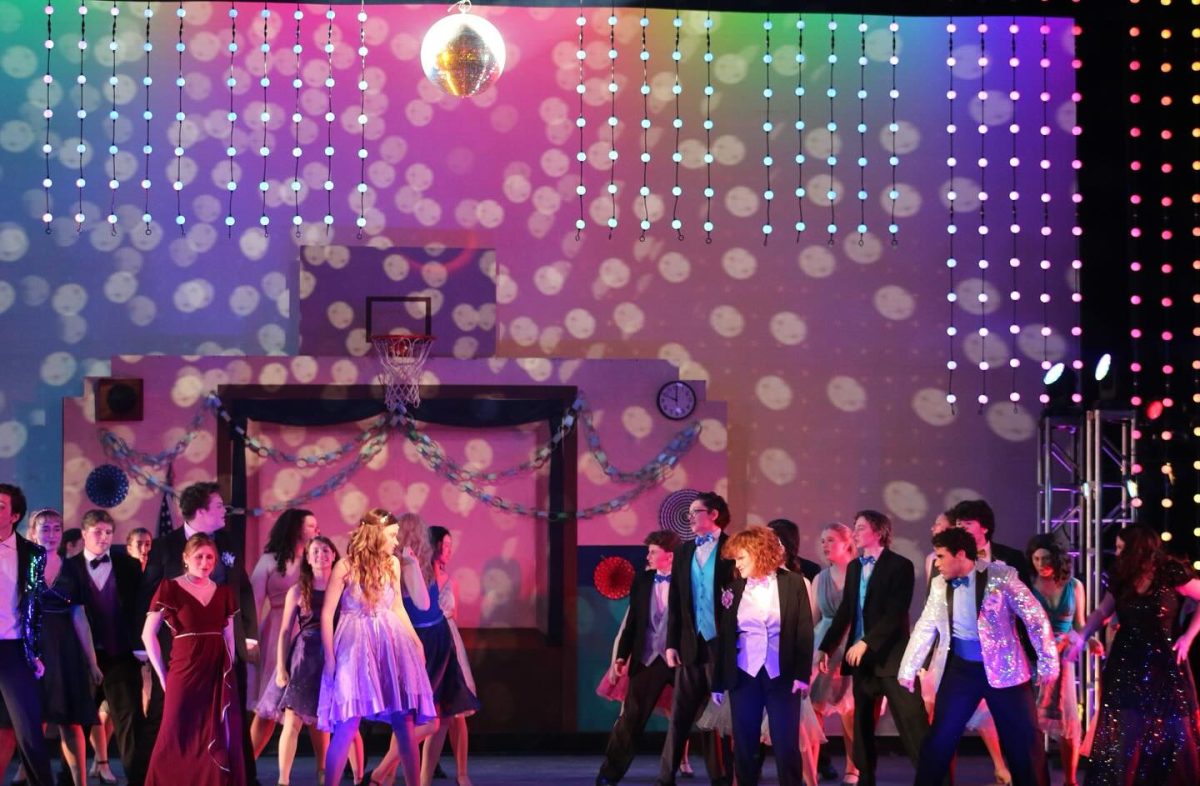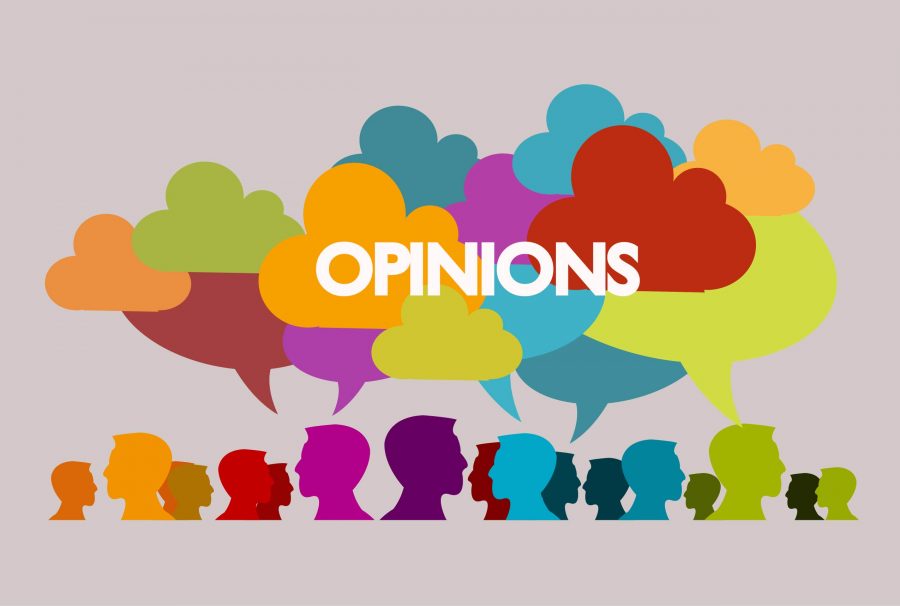The media has always been a place of controversy, as I always see people complaining about how it is too negative, somewhat biased, and misleading. Nowadays, on the bigger outlets like television and the internet, it seems that all we hear about is this global pandemic, swirling with talks of death and disaster, which only increases backlash on the media.
During this time of crisis, complaints concerning the media, specifically broadcasting, social media, and the internet in general, will be of no help to anyone, especially when these sources of communication are all we care about.
We as humans have a strong desire to know information for some sort of reassurance, but we often only spend our time looking at the negative side of that information. How we act towards the media is just one example of this. It seems that what we see on television or on google is a handful of gloomy information being thrown at us. It is very easy to search up how many people have COVID-19 in our country or city and then feel worried after looking at the numbers.
When we are all trapped inside our houses and naturally feel negative energy around us, we are led to perceive the media through a negative lens, which can overshadow the benefits that it actually provides for us. The media gives us a different perspective in how we view the world. It informs on current events and essentials that guide us closer and closer to the principles of society. It knits us closer to the people around us in our society. Especially now, connecting with each other through media outlets make us feel safer, grounded, and not alone during this outbreak.
We can change our negative mindset by participating in community building trends on the internet and various social media platforms. On Instagram, people have participated in the challenge of posting an embarrassing photo of themselves and captioning it, “until tomorrow,” before they delete it the next day. Even at North, many teachers have made video compilations of themselves engaging in entertaining activities, such as dancing, exercising, and playing with their pets, to be shared on platforms like Tiktok. These challenges and trends on social media act as icebreakers for us to get to know each other better and can also be fun and engaging, swaying us away from the negative events in our current world. They may seem pointless, but actually can make a big difference. They zone us back to reality and out of this quarantine world. They help us stay connected through this difficult period and transition us out of what we are “supposed” to be worrying about: the virus. We need everyone of all ages to start realizing this.
Other broadcasted events held on national television, such as the One World: Together at Home concert held April 18, can be another cure for our bleak attitude toward the pandemic. The display was a diverse intersection of pop stars as well as famous athletes and actors. Celebrities from many different countries performed and greeted the world in different creative ways. After witnessing the performance myself, the concert spelled out a powerful message: no matter where each of us are from–one side of the world to another–we are all in this together.
Put all your political views away. Put your anxious thoughts to the side. If we keep bashing the media and news reports for the seemingly tragedy-filled perspective that they have, we will not get anywhere. A pessimistic outlook towards the media will not solve this pandemic, and in fact, it may even slow us down. Instead, focus on the bright side of the media. Focus on the ways it has brought everyone together and united us. At the end of the day, we need to trust in these means of worldwide communication that have united us and made us feel grounded, in order to get through these unfortunate times.





